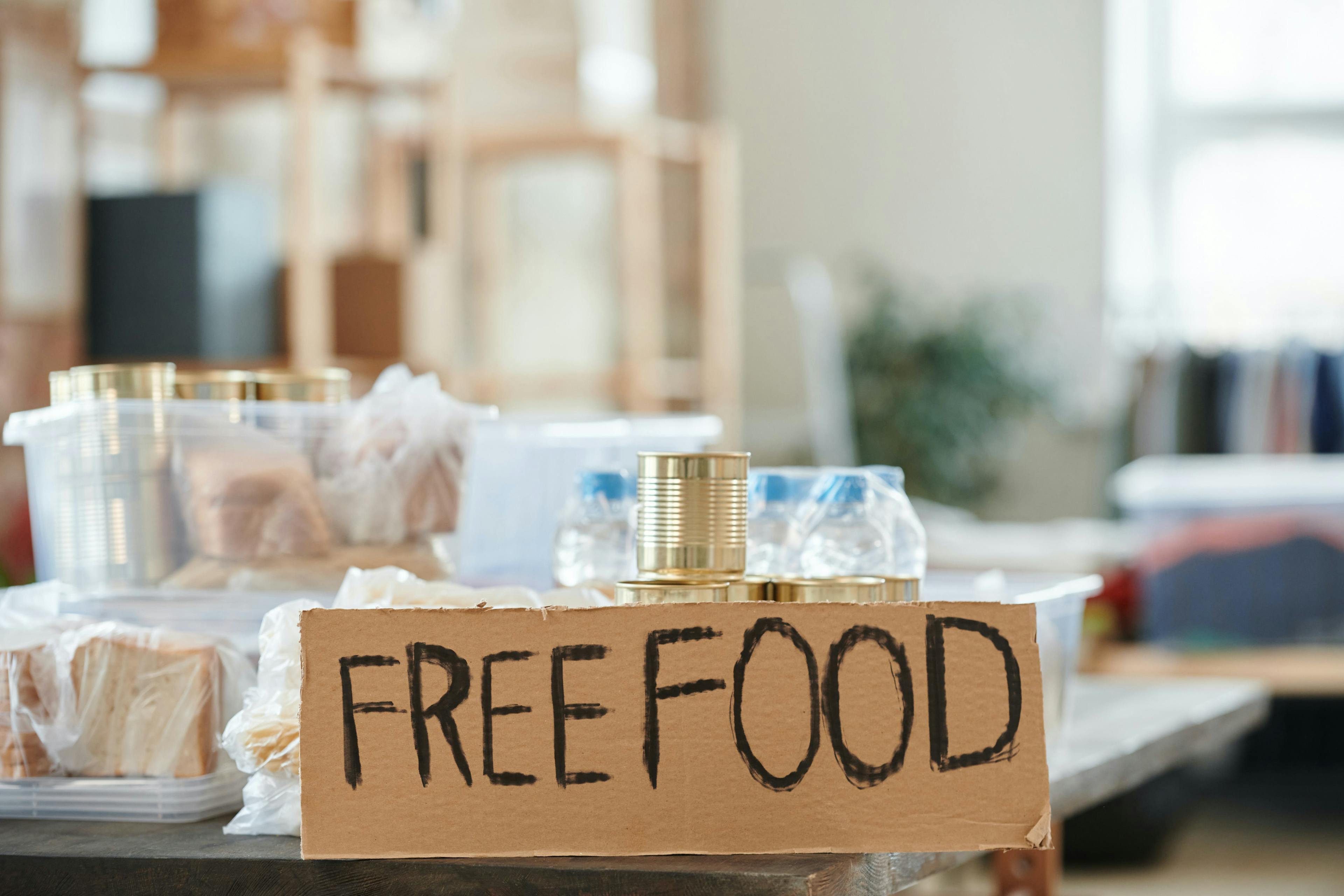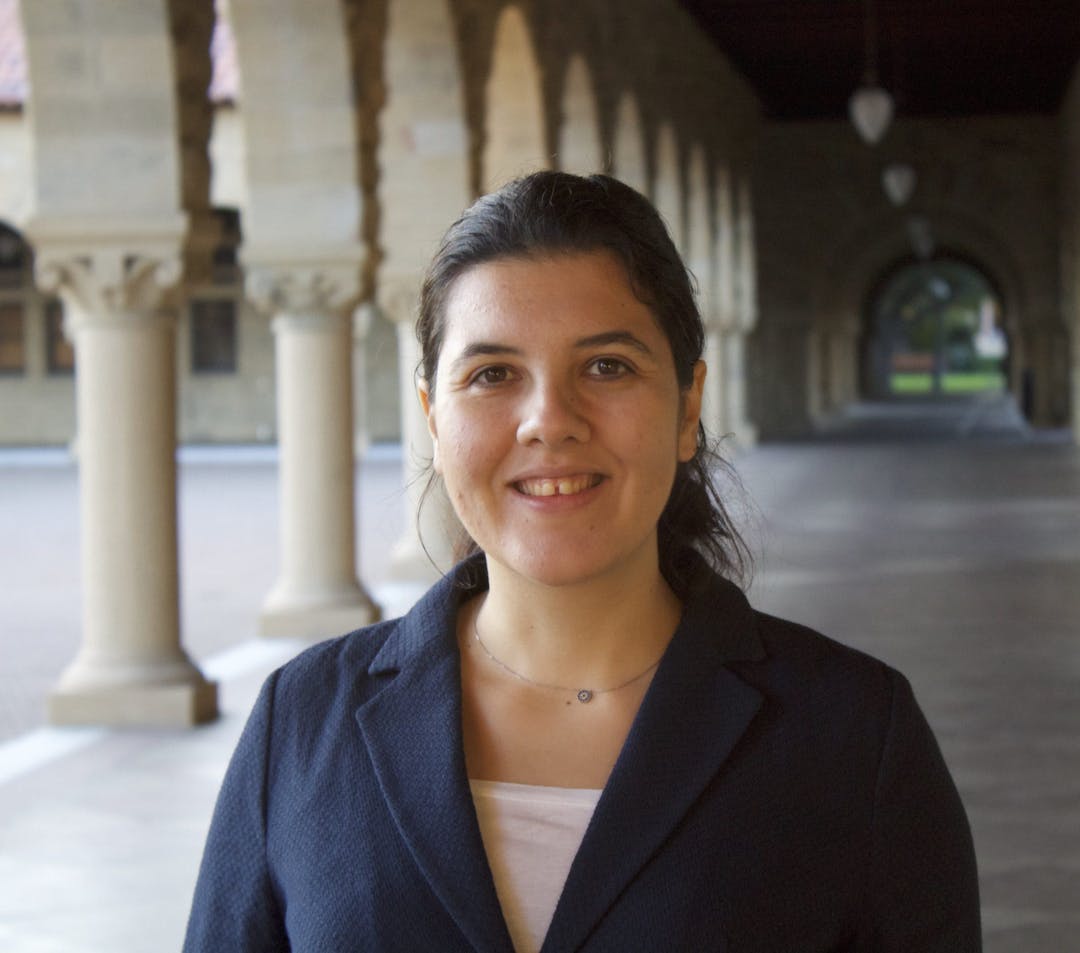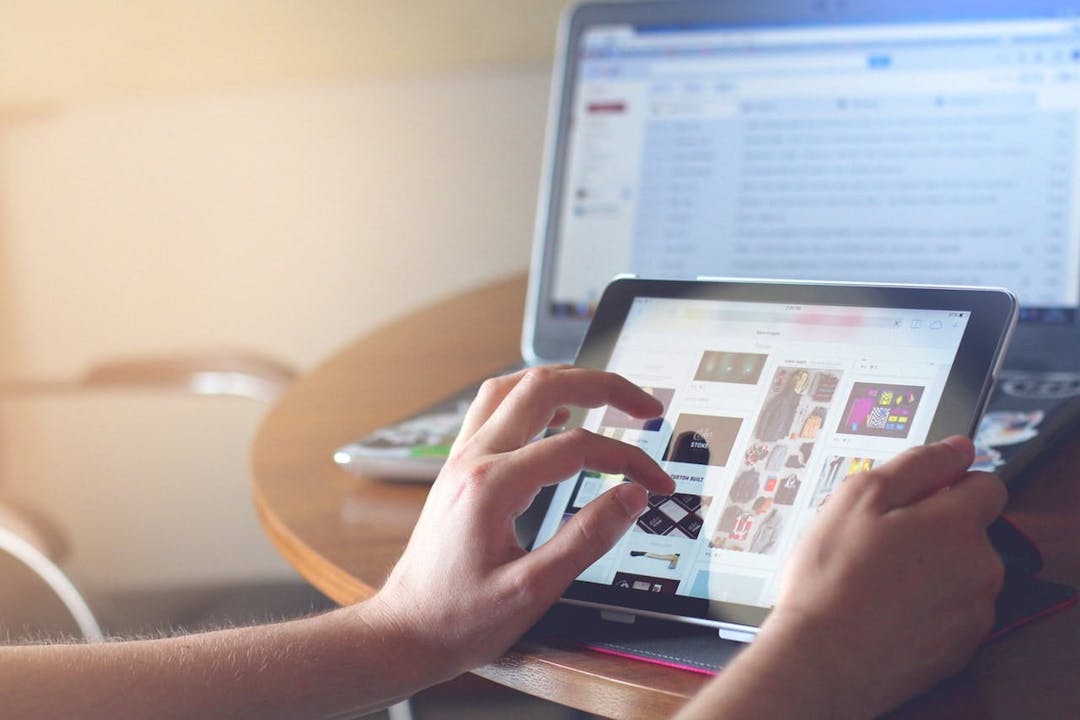The Impact Of FREE On Consumer Decision-Making
The Power of FREE
Imagine yourself walking into the bakery section of a supermarket. It is 4 pm and you are looking for an afternoon snack. You smell freshly baked cookies. You approach to the cookie stand and see the delicious double-chocolate chip cookies. Now consider three scenarios. Scenario #1, you see the tag that reads $2 per cookie. How many cookies would you get? Now, for scenario #2, instead imagine you are in the same situation but the tag now reads 1 cent per cookie. How many cookies would you get now? Finally, imagine that in scenario #3, that the tag now reads free. How many cookies would you get in this case?
Economic theory predicts you will get more and more cookies as the price of cookies decreases. But, is there something special about the price of zero? This is the question that Dan Ariely and coauthors explore with a simple experiment. They set up a candy stand at the MIT student center. Some afternoons, they offer candies for 1 cent each. Other afternoons, they offer the candies for free. Then, they measure how many students stopped by the candy stand and how many candies each student took.
When candies are offered for 1 cent, 58 students stopped by. When candies are free, 207 students stopped by. As expected, offering candies for free increased the number of students dropping by. But here comes the trick. When candies are offered for 1 cent, students, on average, took 3.5 candies. When candies are free, they took 1.1 candies. Increasing the price from zero to 1 cent triples the number of candies students ended up getting. Weird, huh?
Behavioral Science, Democratized
We make 35,000 decisions each day, often in environments that aren’t conducive to making sound choices.
At TDL, we work with organizations in the public and private sectors—from new startups, to governments, to established players like the Gates Foundation—to debias decision-making and create better outcomes for everyone.
Looking at social norms vs market norms
The researchers explain this phenomenon by social norms. In this situation, being polite requires taking 1 and only 1 candy. When something, say a cookie, is offered for free, social norms are in place. You will think about the consequences of your action (taking too many cookies) on others. Simply, if you take too many, there won’t be enough cookies left for others. Further, you will consider how others perceive you if you take too many cookies. Greedy, selfish, ignorant?
Contrast this to when a cookie is offered for a cent. Here, because of the simple exchange of money for a good, market norms are in place. You will feel like you had the catch of the day and you will end up buying many more cookies. You won’t even think about the social consequences of your excessive consumption.
Evaluating FREE in other situations
The power of free is not limited to above described phenomenon. People also tend to value free products more than they would otherwise. Imagine you are heading to work and a line in front of Starbucks gets your attention. Then you see the sign that says FREE tall regular coffee. How much would you be willing to wait on the line? You might be willing to wait 15 minutes for a free Starbucks coffee which would normally cost you $3. And this might be true even if your hourly pay rate is $60 and you are wasting your precious time on the line. To test whether people overvalue free products, Ariely and coauthors designed yet another experiment.
In one of the MIT cafeterias, they place two bins of chocolates (Hershey’s and Lindt Truffles) right next to the cashiers. They put a large sign that reads one chocolate per person and post the prices on the chocolate boxes. They vary the prices to test whether people overvalue the free item. In one case, Hershey’s was 1 cent and Lindt was 14 cents. In the other case, Hershey’s was 0 cents (i.e. free) and Lindt was 13 cents. What do you expect to happen to the number of Hershey’s and Lindt sold when the prices dropped by 1 cent?
Under standard economic theory, people who buy Hershey’s in the first case will continue to buy Hershey’s. People who buy Lindt in the first case will continue to buy Lindt. And some people who don’t buy any chocolate in the previous case will start buying some chocolate when the prices drop. Hence, the number of people who buy Hershey’s or Lindt will increase. But, the results of this experiment paint a quite different picture. In the first case, 8% of the customers bought Hershey’s and 30% of the customers bought Lindt. When prices dropped by 1 cent, 31% of the customers bought Hershey’s whereas 13% of the customers bought Lindt. A huge change in the demand for such a small change in the price.
(Source: Shampanier, Mazar and Ariely (2007))
Why do we overvalue FREE?
With this experiment, the researchers show that people overvalue the free products. They behave as if zero price meant not only a drop in the cost of buying the product, but also an increase in the value of it. As a Turkish and Russian proverb says “Vinegar that is free, is sweeter than honey”. But why do we see such behavior? The researchers argue this is due to what psychologists called Affect.
The AI Governance Challenge
Affect has two components in this setting: 1. Free products make people happier and 2. Happiness affects people’s decision making process. With two follow-up experiments, they support this argument. In the first experiment, they ask subjects how attractive a piece of Hershey’s is when it is free and when it is 1 cent as well as how attractive a piece of Lindt is when it is 13 cents and 14 cents. Subjects rate chocolate-price pairs using one of the five smilies ranging from very unhappy to very happy. Free Hershey’s got the highest score by far, supporting free products create happiness hypothesis. In the second experiment, the researchers try to mute this affective response by making subjects carefully analyze the options. When subjects were forced to think deliberately, the zero-price effect indeed went away.
So from now on, whenever something is offered for free, take a step back and consider the true cost of FREE.
References
*Ariely, D. (2010). Predictably irrational: The hidden forces that shape our decisions. New York: Harper Perennial.
*Shampanier, Mazar, and Ariely: Zero as a Special Price: The True Value of Free Products Marketing Science 26(6), pp. 742–757,
About the Author
Fulya Ersoy
Dr. Ersoy is an assistant professor in the Economics Department of Loyola Marymount University. She utilizes experimental and behavioral economics to better understand how students make decisions in educational settings.




